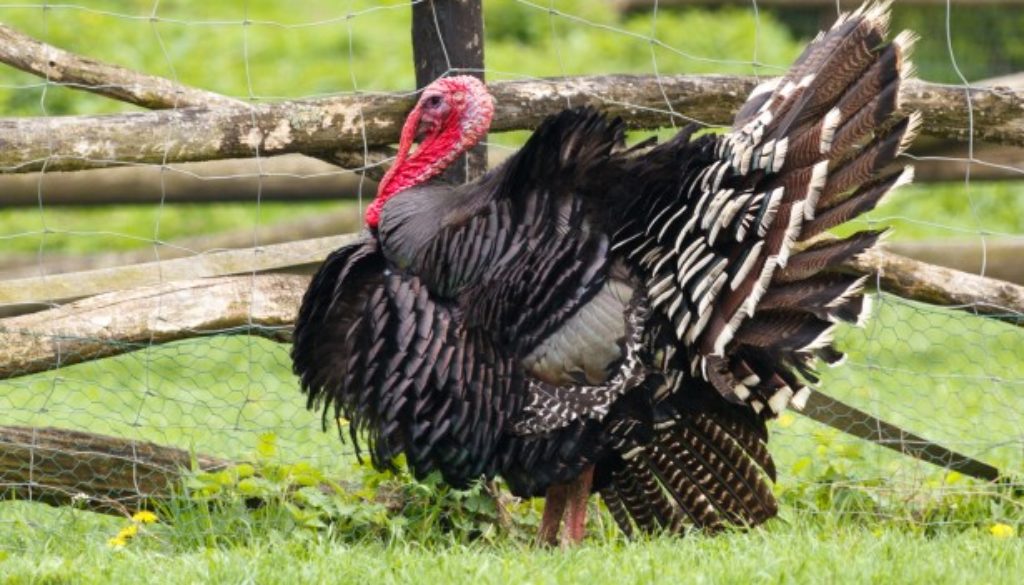A Stench That Sickens and an EPA That Doesn’t Care
By Jonathan Smith, Eathjustice
Your Thanksgiving turkey, like most meat in America, was probably produced at an industrial animal facility in rural America. These facilities hold thousands or tens of thousands of animals in a confined space and can produce as much waste as a mid-sized city. They are prodigious factories that generate dangerous air and water pollution, yet unlike other factories, they’ve been given a free pass from reporting their toxic emissions.
Community and environmental groups including Earthjustice have been pushing the Environmental Protection Agency to address pollution from animal feedlots for decades, and recent court decisions seem to indicate that the veil of secrecy surrounding these operations might finally be tugged back. However, instead of following the court’s ruling to ensure that industrial animal factories report toxic emissions, the EPA is proposing a sweeping exemption that would shield thousands of livestock facilities from reporting. EPA is accepting comments on its new exemption until November 24.
While polluters are benefiting from the EPA’s dereliction of duty, people who live near these facilities continue to suffer. Iowa farmer Rosemary Partridge has worked with Earthjustice since 2015 to demand better oversight of industrial animal agriculture. Her home is surrounded by 30,000 hogs concentrated in factories near her farm.
“During the summer we can’t keep our doors or windows open because of the stench,” she writes in a blog post describing her situation. “If I’m outside, my clothes smell like pig feces when I come home. Sometimes it gets so bad [my husband and I] get headaches and feel nauseous.”
Toxic gases from animal waste, which is often stored in open pits and sprayed over fields, include substances like hydrogen sulfide and ammonia that are linked to nausea, headaches and chronic lung disease. Children in nearby schools have a heightened risk of asthma. Dairy farm workers have fallen into manure pits and drowned after being overcome by the toxic fumes that emanate from all that animal waste.
Feedlots tend to be clustered in low-income communities, and in some parts of the country, especially the Southeast, in communities of color. Earthjustice and others brought a civil rights complaint in 2014, which the EPA found to have merit, over the concentration of hog farms in North Carolina.
Despite these harms, the EPA continues to turn a blind eye to pollution from industrial animal agriculture. The agency has tried three times to block this particular set of reporting requirements, first suspending them in 2005, then trying to push through an illegal exemption in 2008, which was rejected in court, and now, this latest last-ditch attempt to make the exemption even broader.
A recent stinging report from the EPA’s independent Office of the Inspector General recommends that the agency stop shielding polluters. It has a duty to protect public health, but time after time, the EPA has fallen down on the job. Hopefully on its third strike it will stop trying to evade the responsibility Congress has given it.

